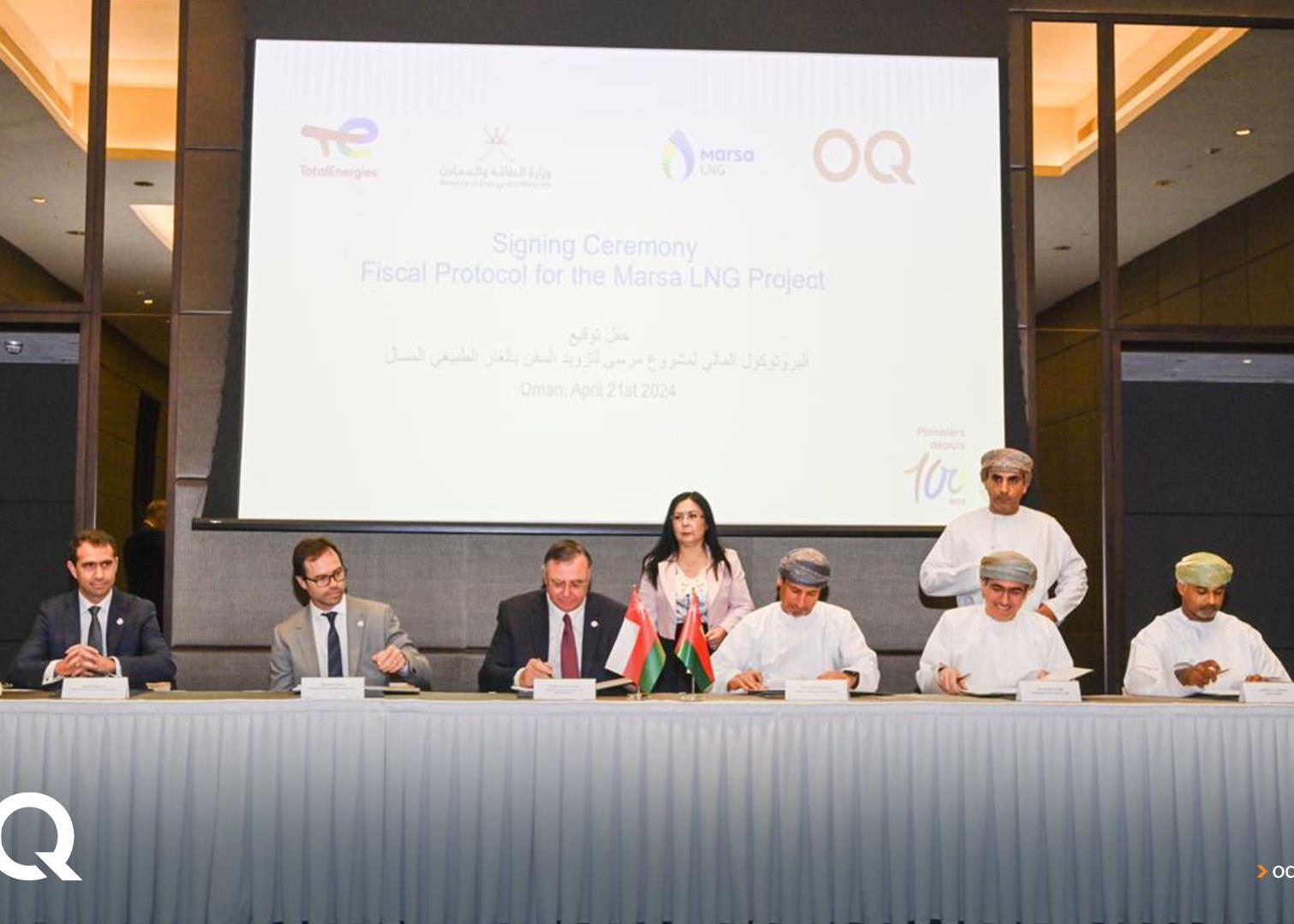
Most companies enjoy year-on-year net profit increases
Saudi Basic Industries Corporation (Sabic) has reported second quarter net income of $1.61bn, a year-on-year rise of 13.9 per cent.
Sabics figures are encouraging, but second quarter net income was 8 per cent lower than the first three months of 2012. The reason behind this was lower sales prices for its products, as well as lower than expected associate income.
As the regions largest traded company, Sabics results are followed closely by local banks and are used as a bellwether for the Saudi petrochemicals sector as a whole.
The figures came in slightly lower than expected forecasts by regional analysts. Kuwaits NBK Capital stated that it was 3 per cent lower than predicted.
Saudi International Petrochemical Company (Sipchem) had an excellent second quarter and reported net income of $39.4m, a year-on-year rise of 27.9 per cent and a quarter-on-quarter increase of 170 per cent.
The consensus from analysts is that Sipchem is now starting to fulfil as more and more of its complex in Jubail becomes operational. The figures also represent the highest net profit in six quarters. Increased sales margins and higher sales volumes were cited as the reasons behind the result.
Sipchem announced in June it is in the process of merging with Sahara Petrochemicals. Sahara also enjoyed a robust second quarter. Net profit rose by 133 per cent year-on-year to $33.6m, fuelled by an increased performance and more diverse product range.
Contrasting figures were reported by National Industrialisation Company (Tasnee) after year-on-year net profit dropped by 48 per cent to $80.8m. Lower margins coupled with lower sales volumes were cited by the company as the reason for the drop.
The figures for all of the kingdoms petrochemicals producers indicate a relatively stable, but by no means bullish global market for intermediate chemicals.
Recent manufacturing data from China has not been as positive as first predicted and July is expected to be at an 11-month low. This suggests that going into the second half of the year, the regions largest petrochemicals producing country will be braced for lower sales volumes and lower prices for most commodities.
However, most Saudi producers will be happy with the first half of the years performance and the vast majority have a global sales network that could absorb some lower Chinese output.
Another important development has been Riyadh keeping the domestic industrial use sales price for ethane at $0.75 a million BTU. Most industry experts are of the opinion that 2013 is going to the be the year when the price for ethane was raised, but this has not yet been the case.
Most say the price of ethane will remain at $0.75 until 2014 and even a price increase will only happen if the prevailing market conditions supports it.
You might also like...

Saudi market returns to growth
23 April 2024

Middle East contract awards: March 2024
23 April 2024

Swiss developer appoints Helvetia residences contractor
23 April 2024

Adnoc in talks for Ruwais LNG project stakes
23 April 2024
A MEED Subscription...
Subscribe or upgrade your current MEED.com package to support your strategic planning with the MENA region’s best source of business information. Proceed to our online shop below to find out more about the features in each package.






